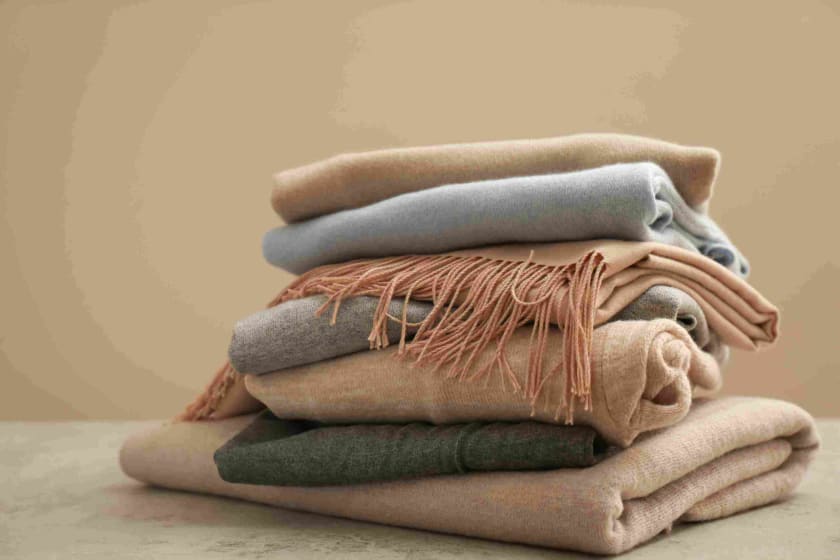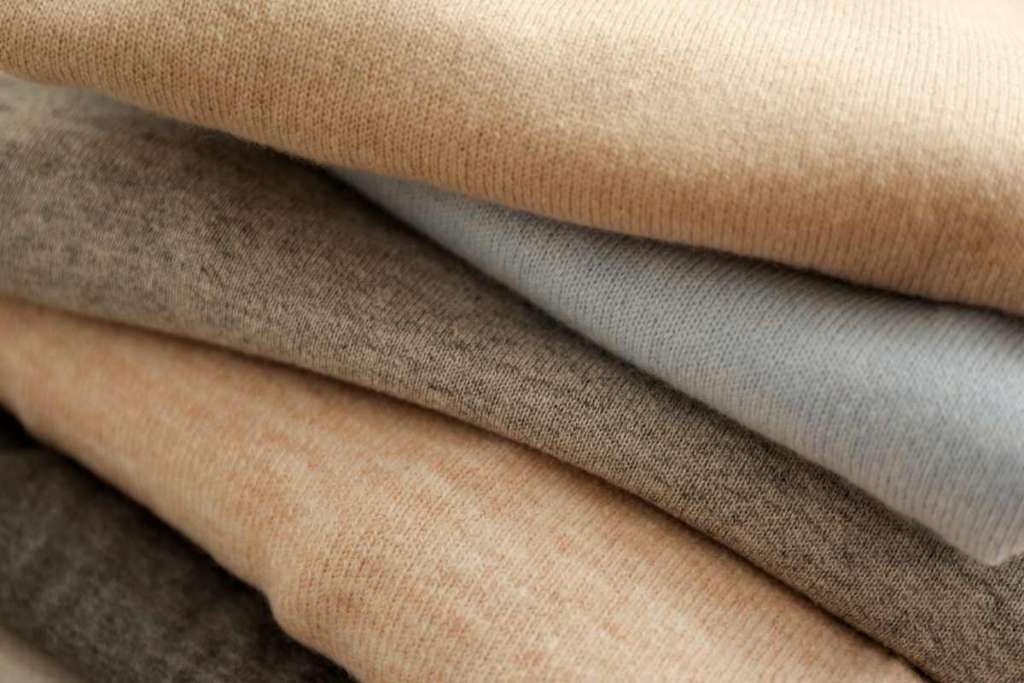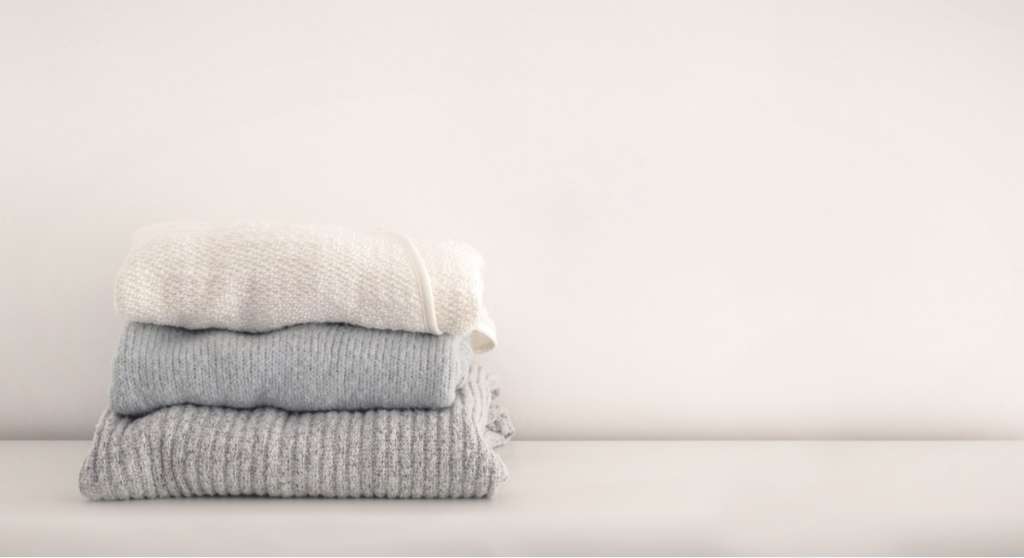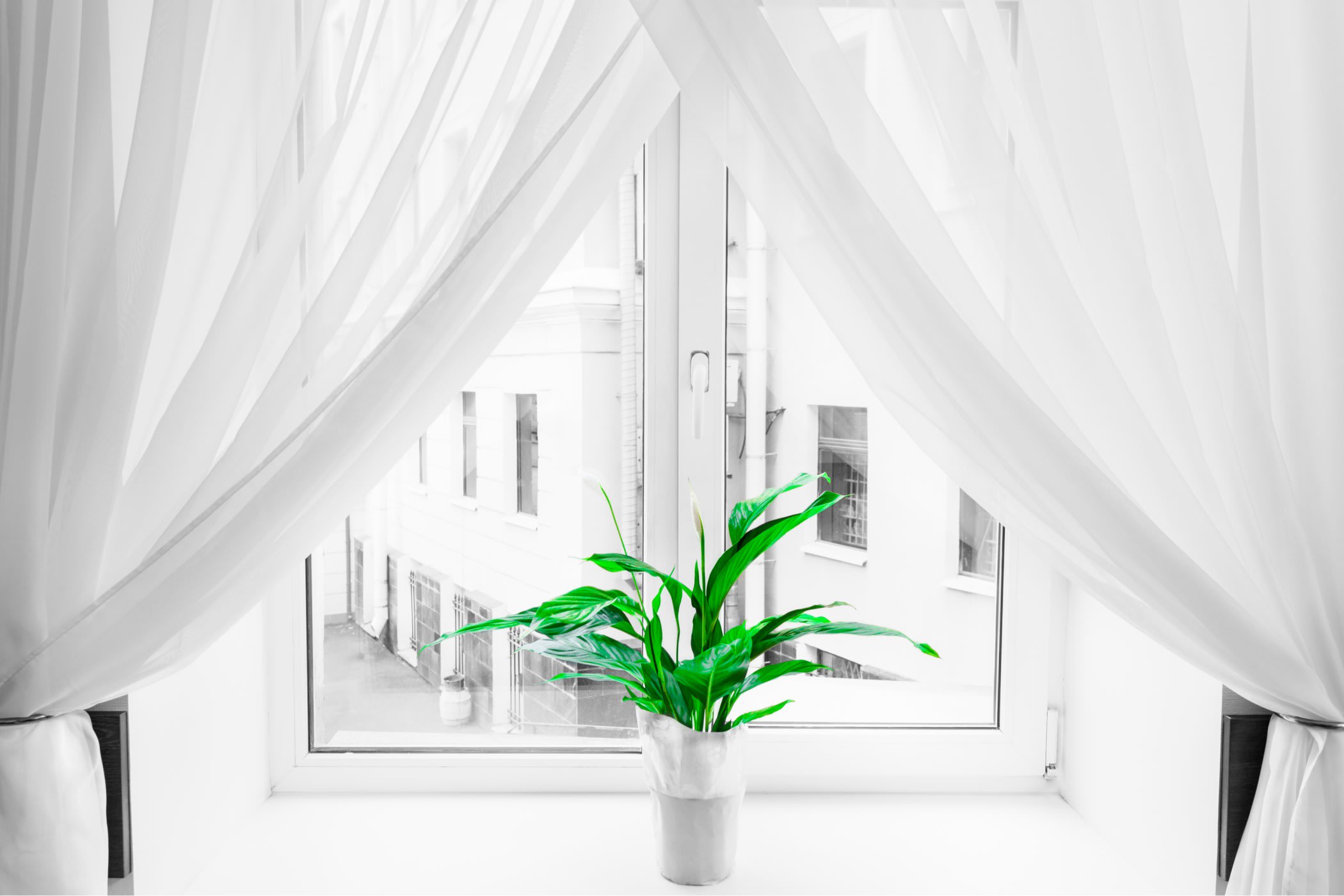Must-Know Things Before You Shop For Cashmere Fabric



From pajamas and scarves to blankets — my wardrobe has been ruled by cashmere fabrics for a couple of years now. Be it the last pairs of socks I purchased, complementing it with gloves, or the finest, softest range of sweaters gracing my shelves, my love for cashmere clothing has grown leaps and bounds over time.
Cashmere cloth is a remarkable addition to the longevity and luxury of my wardrobe. As a connoisseur of cashmere wear, I am often asked by friends, “How do you pick the stellar and softest pieces consistently without falling for those that malign the premium cashmere experience?” To end the misery, I have decided to reveal my secrets through this post!
Let’s see what makes cashmere fabrics the talk-of-the-town
The exclusive yarn comes from the rare fibers found in the undercoat of cashmere goats native to Mongolia, Nepal, and Kashmir. The growth of these fibers accelerates in the November-January; the cold season. The harsher the weather they experience, the thicker coat they grow.
The division of fibers based on their quality and color is a cumbersome and laborious process. Each goat produces a meager 150 gms of fiber, a reason for the premium price tag. Not all cashmere goats have equal quality of fiber. As a result of extreme cold weather and a better diet, goats from inner Mongolia produce more delicate, softer, and warmer fleece.

If you ask, here’s my piece of advice. If this is the first time you’re indulging in cashmere cloth, the first thing you need to do is look for a brand that has been tried and tested by cashmere enthusiasts. See if the brand is consistent in supplying cashmere clothing and has flourished for a long time. All this stands as a guarantee of their perfectionism, attention, and time devoted to crafting each piece, ensuring you stay comfortably warm and stylish.
Once you find your colors and fit in one place, you will see yourself sticking around to the same brand. Going this way helped me gradually build a cashmere collection suited to my tastes. Also, this works better than trying out random brands when your hard-earned money is at stake.
The second crucial point is consumer awareness. All cashmere fabrics are tagged with a label indicating “100% cashmere”. It is illegal to label counterfeit cashmere falsely, which reiterates my point of buying from a trusted brand. In addition to being a quality check, the label also provides a set of instructions to care for cashmere in the best way possible. Cashmere fabrics get softer and better with time, like fine wine, but only if you care for it responsibly.
Talking about the fine details of cashmere, about half of my sweaters are of 2-ply yarn. “What is 2-ply,” you would ask. Having two plies means that multiple pieces of yarn are twisted together to make the specific garment. It makes the cloth softer, more robust, and warmer than a single ply. That sweater feels like a warm hug and remains light as a feather. Wild. Please take my word for this; cashmere gets softer as you wear it over the years.
Cashmere is not fast fashion. It is a feeling meant to last many years. It is an investment designed to reap the benefits of luxury, exquisite taste, and a satisfactory experience. Keeping this in mind, I always pick a style that can remain relevant for a long time. Yes, classic colors. Especially for monochrome enthusiasts. The styles are simple to pair up with and stay trendy, no matter when you put them on.
I cannot put the softness of cashmere into words. Yes, it is that soft. So soft that you would want to replace everything in your wardrobe with cashmere. You may have people come up, touch your sweater and say, “Oh! This stuff is so soft!” The better you take care of it, the longer your rich experience lasts.
As a natural fiber, cashmere must be looked after to improve its longevity. It requires primary care without you being over-attentive about it. Typically, it will benefit from an at-home hand wash with a mild detergent. I avoid wringing and twisting my precious cashmere at all costs. Gently pat the water out and lay flat to dry. Never iron the fabric directly; instead, use a dividing cloth in between and at low temperature. Luckily, I don’t have to do this every time I wear it.

Skip hangers altogether. Hanging cashmere clothing makes them stretch and lose their shape. Fold your precious cashmere wears and keep them in a drawer or on a shelf.
However, there is one downside of wearing cashmere clothing more often that I must let you know. The luxury and softness you experience are addictive. Your wardrobe would soon look like a cashmere shrine. After you try it, going back to wearing regular woolen fabrics is kind of difficult.



















